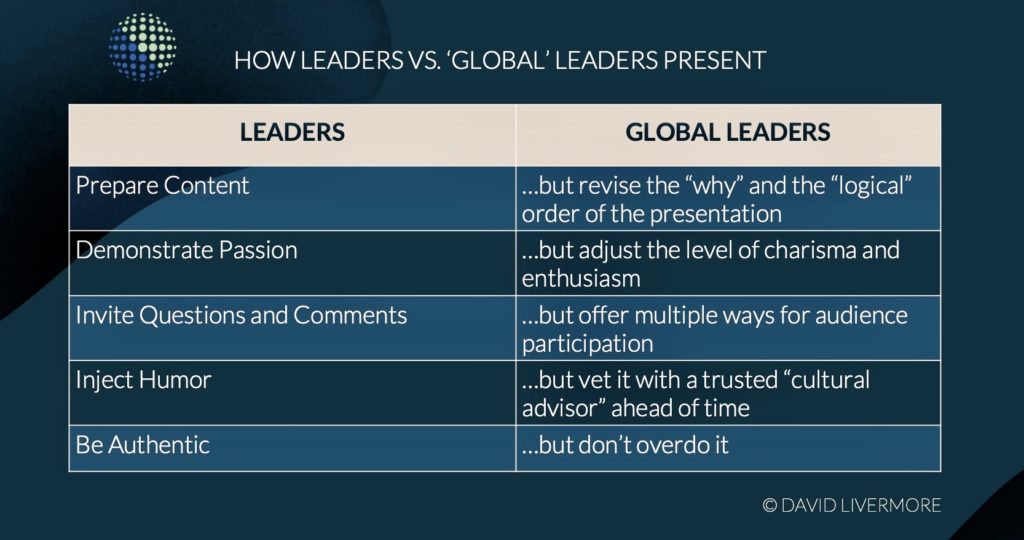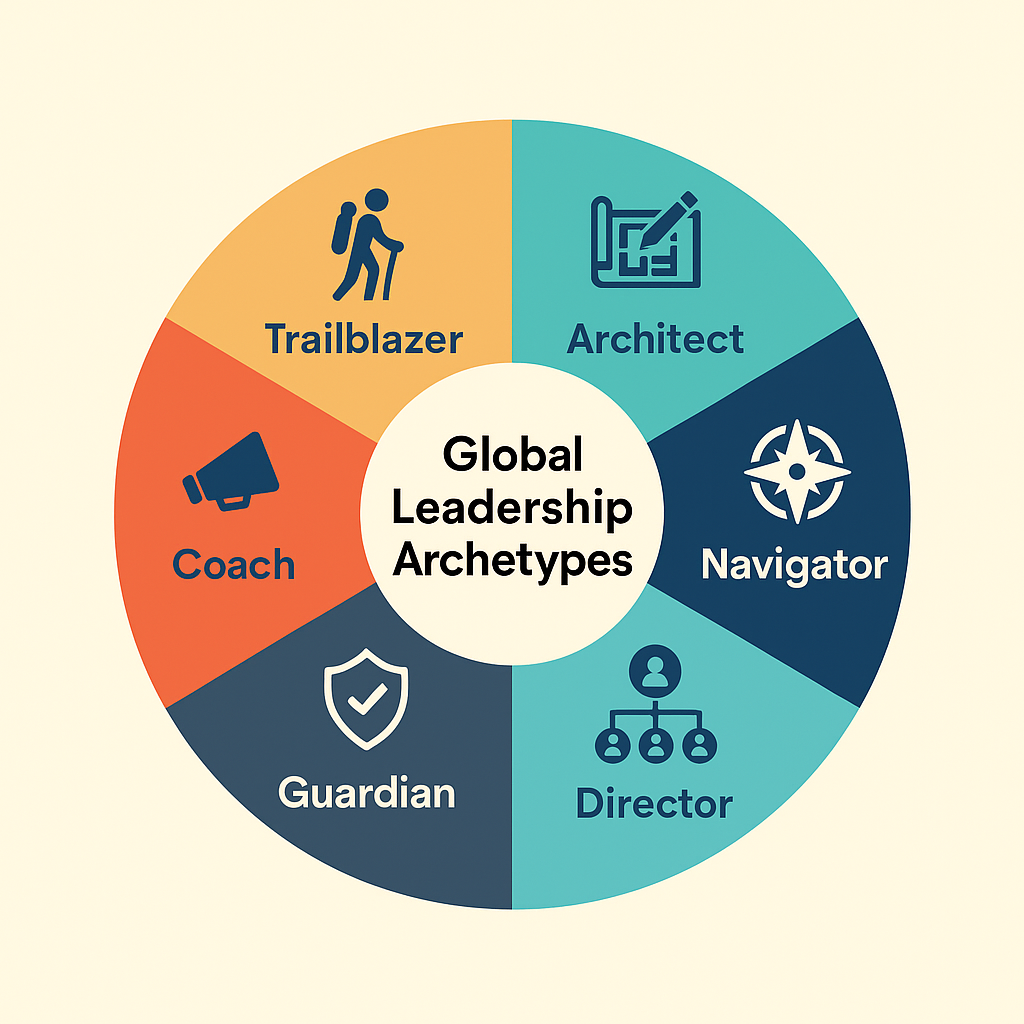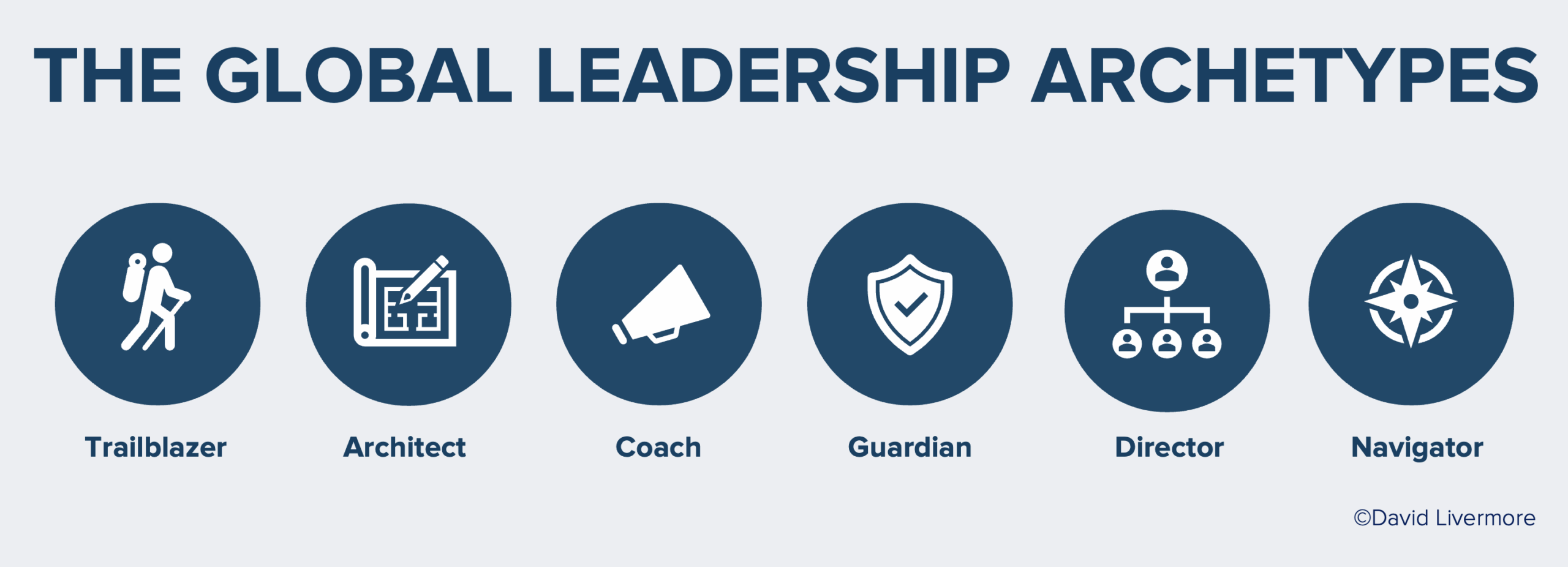Presentation skills are a critical part of being an effective leader. Whether you’re speaking to your team at a standup meeting, presenting an update at a town hall, or giving a keynote presentation at a conference, there are critical skills needed to communicate in a way that’s clear and compelling.
The GLOBE leadership study found that audiences everywhere want leaders to communicate clearly, dynamically, and with vision. But the more diverse your audience, the more you have to adjust the way you present. Clear, dynamic, visionary communication has always been essential for effective leaders. But global leaders go a step further in how they prepare and present information to diverse, distributed groups.
Global leadership is not about geography. It’s about a mindset for leading people from myriad backgrounds and places. Here are a few ways to think about making a presentation to a diverse group:

1. Prepare Content…but revise the “why” and the “logical” order of the presentation
When preparing a presentation, I spend the most time thinking about the “so what” for the audience. MBA students care about cultural intelligence for very different reasons than nurses do. Non-profit leaders think about innovation differently than private sector executives. Most audiences decide whether your presentation is relevant within the first five minutes.
I obsess over my introductions and how to hook the audience right from the start. I practice it in my head on my morning runs and I keep revising it until I’ve mastered answering “why should I care?” The more diverse the audience, the more time I spend thinking about how to answer that question.
I’m not suggesting that the majority of a presentation should be spent answering the why. That can be incredibly frustrating, particularly for groups who have already bought in and want to hear about the “how”. But if we don’t first stop to understand why this content matters to the audience, our illustrations and application are going to be off course.
The other key difference in how ‘global’ leaders prepare a presentation is to think about how to structure the content. Many public speaking courses present formulaic outlines for how all good presentations should be organized, (e.g. “why, what, how”). But reasoning and logic are significantly shaped by culture so we need to adjust how we present an argument based on the audience.
INSEAD University Professor Erin Meyer discusses this issue by contrasting a principles-first approach versus an application-first approach. Principles-first reasoning uses deductive logic. You spend time defining a problem, describing the theoretical process for addressing it, and eventually arrive at a conclusion. Applications-first reasoning uses inductive logic. You get to the point quickly and briefly reference the process used to get to the outcome. “Why” is less important than “how.”
When I’m presenting to most North American groups, I get to practical solutions as quickly as possible. A long explanation about the theoretical process of how we conceptualized and researched CQ is sure to be met with impatience. Just get to the bottom line! If I’m making a presentation about cultural intelligence in Europe however, I’ll methodically walk through the process of how we conceptualized cultural intelligence, the design behind the CQ assessment, and eventually the conclusions reached. If I move too quickly to practical solutions, I’m met with skepticism. How did you arrive at this conclusion? What were the questions you started with? It’s inadequate to say, “We used sound, research methodology.” This rhetorical difference is also true with other audiences. Many academics prefer to hear “principles-first” and many North American corporates prefer “applications-first.”
There are many other considerations for how to prepare a presentation for a diverse audience including using relevant examples, anticipating how much content to share, and the powerful use of stories. But fundamental to preparing your content begins with figuring out the right “why” and logical order based on what makes sense to them, not you.
2. Demonstrate passion…but adjust the level of charisma and enthusiasm
Repeated studies have found that the top two characteristics of the most highly rated professors are their content and that they teach with passion. This carries over into what we want from leaders’ presentations. Content matters but it’s equally important to demonstrate your belief in what you’re talking about. Audiences look for authenticity and passion in how leaders communicate.
Diverse audiences, however, have different preferences for how they want leaders to demonstrate passion. I often tell the story about the time I observed a group of emerging leaders in Czech Republic. I was concerned by the limited enthusiasm and charisma most of them demonstrated when giving their presentations. But my Central European counterpart told me that speakers with a lot of visible enthusiasm actually create a barrier for themselves when speaking in places like Prague or Bucharest because many audience members believe that a lot of emotion and excitement from a leader makes them seem too much like leaders from an era gone by when leaders manipulated people with emotional presentations.
If I’m presenting something I’m passionate about, my default is to be loud and visibly expressive. In part, I think this stems from growing up in church environments where fervor and commitment were linked with charisma and enthusiasm. Over the years, I’ve learned that I’m a better global leader and communicator when I regulate my level of enthusiasm based on the audience and context. When I speak to audiences in places like Japan or to a group of engineers, I turn it down a bit, speak a little more slowly, and consider how to moderate my expressiveness based on what will translate best for the audience involved.
3. Invite questions and comments….but offer multiple ways for audience participation
Many leaders wrap up a presentations with, “Any questions?” I loathe tacking on Q&A at the end of a presentation as an afterthought. Even if you’re presenting to your own team, this is a lazy approach. Inevitably, the same people speak up, often thinking more about how their question or comment makes them look to the rest of the group than asking something that’s going to genuinely help the group at large. I much prefer finding culturally intelligent ways to get feedback and interaction throughout the presentation.
Global leaders spend as much time considering how to get audience participation as they do developing the content they’re presenting. If you’re presenting to a smaller group, let them know ahead of time that you want them to respond to a particular question at some point in the presentation. This allows the introverts more time to prepare and it enables those from more hierarchical or collectivist cultures to understand that you want them to be prepared to say something. Alternatively, have the audience members pair up with a couple other people during the presentation to come up with a question or comment they would like to raise as a group.
In larger groups, ask everyone to respond to a poll on their phones and display the results on a screen. Or you can run a low tech poll in the room by simply having people stand or sit in response to various questions (e.g. “Stand up if you’ve been working here 5 years or less”). Just avoid forcing everyone to answer a question that makes them feel uncomfortable in front of a large group.
In a follow-up article, I’m going to address how to give effective remote presentations to diverse groups. Platforms like Zoom and MS Teams provide additional ways to engage an audience than what we can do in live presentations. Whatever the context, global leaders give thoughtful preparation to how the audience will have a chance to participate and engage.
4. Inject humor…but vet it with a trusted “cultural advisor” ahead of time
I somewhat disagree with the conventional wisdom from many cross-cultural experts who say to avoid humor in any diverse setting. I understand the concern. Humor does not translate very well from one culture to the next and it runs the risk of being offensive. But humor is such a powerful way to make us seem more human and there are many studies supporting the psychological benefits of humor.
Laughter is proven to release endorphins and it’s something experienced across every age and culture. I avoid humor that makes fun of anyone other than myself. But I try to inject “bonding” humor with an audience—something that the group understands that outsiders may not. Comedian Ellen DeGeneres uses bonding humor extremely well. She portrays a friendly, easy-going personality and puts people at ease with her jovial banter, never really making anyone in the room the butt of her jokes. Many audiences are endeared to leaders who reference inside jokes as part of their presentation.
Ironically, bonding humor is hardest for individuals from some backgrounds to understand. So it takes careful preparation and cultural intelligence to figure out humor that will bond rather than isolate or simply fall flat. Humor in a presentation is never just about the literal words spoken. It’s as much about the one who is saying it and the context where it’s said. There are funny things a Black leader can say that I should never say. This is of course why many experts advocate avoiding humor all together. But I think a more culturally intelligent approach is to inject humor but vet it ahead of time with some individuals who understand the context where you’ll be using it.
5. Be authentic…but don’t overdo it
Ultimately, we want to hear from leaders who are authentic and real. This desire is consistent among followers across all cultures. People everywhere want leaders who are ethical, clear, and true to themselves. For many leaders, this means being yourself and “shooting straight with people”. For a global leader however, authenticity means, I’m going to figure out the best way to communicate who I really am and what I care about in light of the audience. In addition, global leaders understand that there is some information that shouldn’t be shared with an entire group publicly, either because it puts the organization at risk or because it may end up creating too much anxiety and uncertainty that your audience can do nothing about.
I’ve written previously about my growing concern with the over-emphasis on authenticity at the expense of considering what behaviors most effectively communicate our intention to a diverse group. I acknowledge that it’s easy for someone like me to say this given that many of the contexts where I speak are made for “people like me.” But we all benefit when global leaders present in a way that is authentic while simultaneously understanding that authenticity is going to require some adaptation depending on the audience involved.
Seasoned leaders become adept at giving “stump” speeches and winging a presentation. But an effective global leader always takes at least a few minutes to consider how to communicate to a diverse audience in a way that ensures the group understands the message without unnecessary interference due to limited adaptation by the presenter.
I look forward to following up these insights with some ideas about how to give an effective remote presentation, something all of us are called on to do much more since 2020. In the meantime, I welcome your own observations!
Join me at the Global Leadership Lab to work together on these kinds of global leadership skills!



